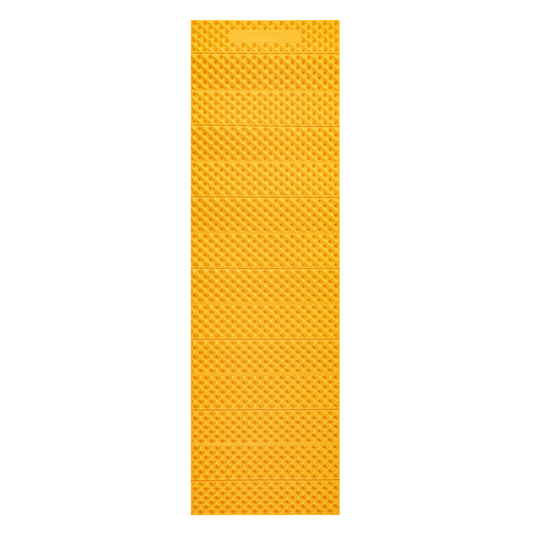
How to Build a Campfire
Campfires--this beloved, luminous pile of flame is an essential outdoor tradition known for its warm and majestic presence that serves as a place of many gatherings. Knowing good techniques for building one and the proper etiquettes will help make your campfire experience a success.
Start with Location
Before building your fire, be sure to check the rules and regulations in your area before building your campfire. Most established campgrounds will have fire rings, grills, or fireplaces at the site; however, if your site doesn’t have one or if you’re backpacking in the wilderness, you can dig a new one.
When building your fire ring, it’s a good rule of thumb to keep at least 15 feet away from shrubs, trees, tent walls, or anything in particular that is flammable. Choose a spot that is protected from strong wind and make sure your pit is at least one foot deep to keep embers from being blown. Place rocks around your firepit to let others know that a campfire was here.
Lastly, fill a bucket of water and have it right next to your campfire in case you need to extinguish. Never leave a campfire unattended.
Gather Firewood
You’ll need three types of fuel to build a successful fire:

Tinder: Highly flammable and used to light the fire, normally pertains to small twigs, dry leaves, pine needles, or even laundry lint

Kindling: Small pieces of wood that help grow the flame once the tinder is lit.

Firewood: Larger pieces of wood that maintains the fire
Some campgrounds may prohibit you from bringing your own firewood to prevent the introduction of insects that might harm the forest. Use local firewood instead, gas stations, nearby stores, and even campgrounds should have it available for sale. Check the park ranger in advance before bringing any wood to the campsite.

When in the backcountry, only gather fallen branches from the ground. Do not cut live branches and avoid pieces of wood that are thicker than your forearm.
Build the campfire
When building the campfire, you’ll want your wood to be piled in a formation that is close together and concentrates the most heat but with enough space for oxygen to enter the fire. Here are 3 formations that we recommend having a successful and efficient campfire:

Cone: Lean kindling sticks close together, forming a cone or teepee and place a handful of tinder inside. Light the tinder and allow for the kindling sticks to burn. Once the kindling sticks start to burn, add larger logs at a steady pace to control the flame.

(Photo Credits: Primitiveways)
Log Cabin: Log cabins are formed by placing the firewood parallel to each other, stacking each layer perpendicular from the previous. We suggest stacking your log cabin to about 3-4 layers high to avoid wildfire risks. Once you have your stack, place tinder and kindling inside and light it.

(Photo credits: Pursuing Outdoors)
Pyramid: A pyramid is an upside fire in which logs are placed from largest to smallest with each layer being perpendicular from each other and with the tinder and kindling on top. This fire is the longest lasting and doesn’t require much tending as the previous methods.
Extinguish the Campfire
When you’re ready to put out the fire, we recommend allowing all of the coals to burn into ash. If the logs are not quite there yet, sprinkle water over it(be cautious to not stand where the steam is facing) until there are no more glowing embers. Avoid over watering the pit incase the next party wants to use it next. Stir the ashes around until they are cool to the touch before leaving the site.
Clean up the Campfire
If you pit has a bed full of ashes, take a shovel and spread it around the campsite. If the bucket of water you used belongs to the campgrounds, refill the water for the next person.




